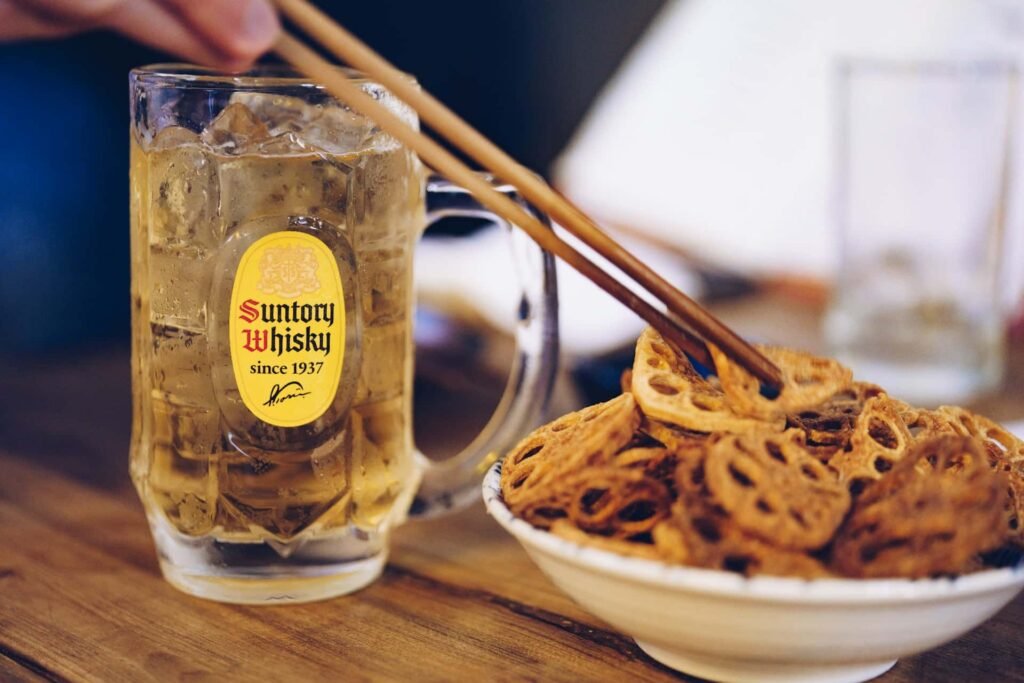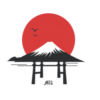The Strange Economics of Alcohol in Japan
Why is beer more expensive than a happoshu? And how can a can of Strong Zero cost less than bottled water?
The answer is a mix of tax loopholes, ingenuity, and a drinking culture built on convenience.
Walk into a Japanese convenience store, and you will be overwhelmed with choice. Rows and rows of drinks (including the weirdly named Pocari Sweat) in bright containers are saying, “Pick me! Pick me! Pick me!” Even salarymen looking for a post-nomunication drink before heading home can be overwhelmed by the choices.
The alcohol section can be particularly confusing. Sake and shochu are contending with brightly coloured cans of whiskey sours, highballs and Strong Zeros. Even the beer section has categories that you are likely unfamiliar with: some cans are labelled Beer, others 発泡酒 (happoshu), and others again 新ジャンル (third beer/new genre).
Open one up, and they look similar, taste somewhat similar (Japan loves light pilsners and IPAs, neither of which are my personal favourites, but will do in a pinch) and go down just fine with karaage (fried chicken) or a late-night ramen.
But legally, these drinks have been worlds apart, which goes some way towards explaining how some have been priced lower than bottled water.
The great beer tax chess game
Let’s start with the beers. Traditionally, Japan’s liquor tax system divided beer into three tiers:
- Beer (ビール): must contain at least 67% malt, taxed the highest.
- Happoshu (発泡酒): low-malt beer (under 67% malt), taxed at a lower rate.
- Third beer (第三のビール/新ジャンル): “anything goes” — alcohol derived from soy, peas, or corn, or beer mixed with spirits; the cheapest tax category of all.
This three-tier system sparked a decades-long chess match between brewers and the government. When Suntory released Hop’s Draft (65% malt) to duck under the beer tax, the government responded by lowering the malt threshold for higher taxation. Breweries then countered by cutting malt even further or substituting malt with soy and peas.
As a result, shelves were filled with drinks that were technically not beer, but close enough to satisfy most customers. Some brands, like Kirin’s Nodogoshi Nama, proudly marketed themselves as “the cheapest way to get drunk.”
This cat-and-mouse dynamic shaped Japanese drinking culture. Today, budget-conscious beer substitutes are a standard part of life for many consumers, and they still offer lower production costs for producers.
However, recent changes have attempted to unify the tax scheme for all types of beer.

Strong Zero: blackout in a can
If happoshu is the loophole beer, then Strong Zero is the loophole cocktail.
Launched by Suntory, the silver cans of 9% ABV chūhai (shochu highball) have risen to legendary status for delivering maximum buzz at minimum cost, making it a firm favourite of Japanese students.
At 130 yen a can, Strong Zero offers the alcohol equivalent of two beers for less than the price of a bottled tea or some bottled waters.
Strong Zero benefits from being shochu-based, meaning it is taxed less heavily than beer. The “zero” marketing of having no sugar and few calories has also given the drink broad appeal and a cost-effective economy of scale.
Today, Strong Zero is a cultural symbol. Manga characters sip it. Rappers name-drop it, sometimes dubbed the “blackout drink of Japan.”
Doctors, on the other hand, worry about it, calling it a public health risk.
Japan faces rising concerns over alcohol-related health issues, with surveys showing growing awareness of stress and substance use as national health risks. If you have ever had more than three Strong Zeros in one evening, you probably know what they mean.
Highballs in a can: cheap whisky culture
Not to be outdone (including as a health risk), canned highballs reflect the breadth of Japan’s whisky culture.
On the high end of the scale, you find the likes of Yamazaki. On the other end, you find the likes of Black Nikka (yes, that is the real name), which is the basis of many highballs. While not proven, I am fairly certain that the cheapest Black Nikka whiskeys could be used as fuel by most tractors.
Highballs often cost less than 200 yen due to the use of younger whisky. Less ageing equals lower production cost. Some companies also blend imported spirits with domestic whisky to stretch supplies.
Convenience and health in alcohol conflict
What makes alcohol in Japan unique isn’t just tax categories. The level of availability and convenience is equally, if not more, unique to the country. Beer, happoshu, Strong Zero, and canned highballs are sold everywhere: convenience stores, supermarkets, train station kiosks, and even vending machines.
Drinking on the street is legal, so it’s perfectly normal to see a salaryman throw back a Strong Zero chūhai on the walk home. Combine this with cheap prices, and alcohol becomes woven into the fabric of daily life.
While the health concerns are very legitimate, alcohol is a central way for many people to socialise – and the selections here offer some unique taste experiences for visitors.
The next time you buy a drink in Japan, be sure to check the label carefully. It might be beer. Or it might be part of a long history of outsmarting the taxman, one can at a time.
Photos:
